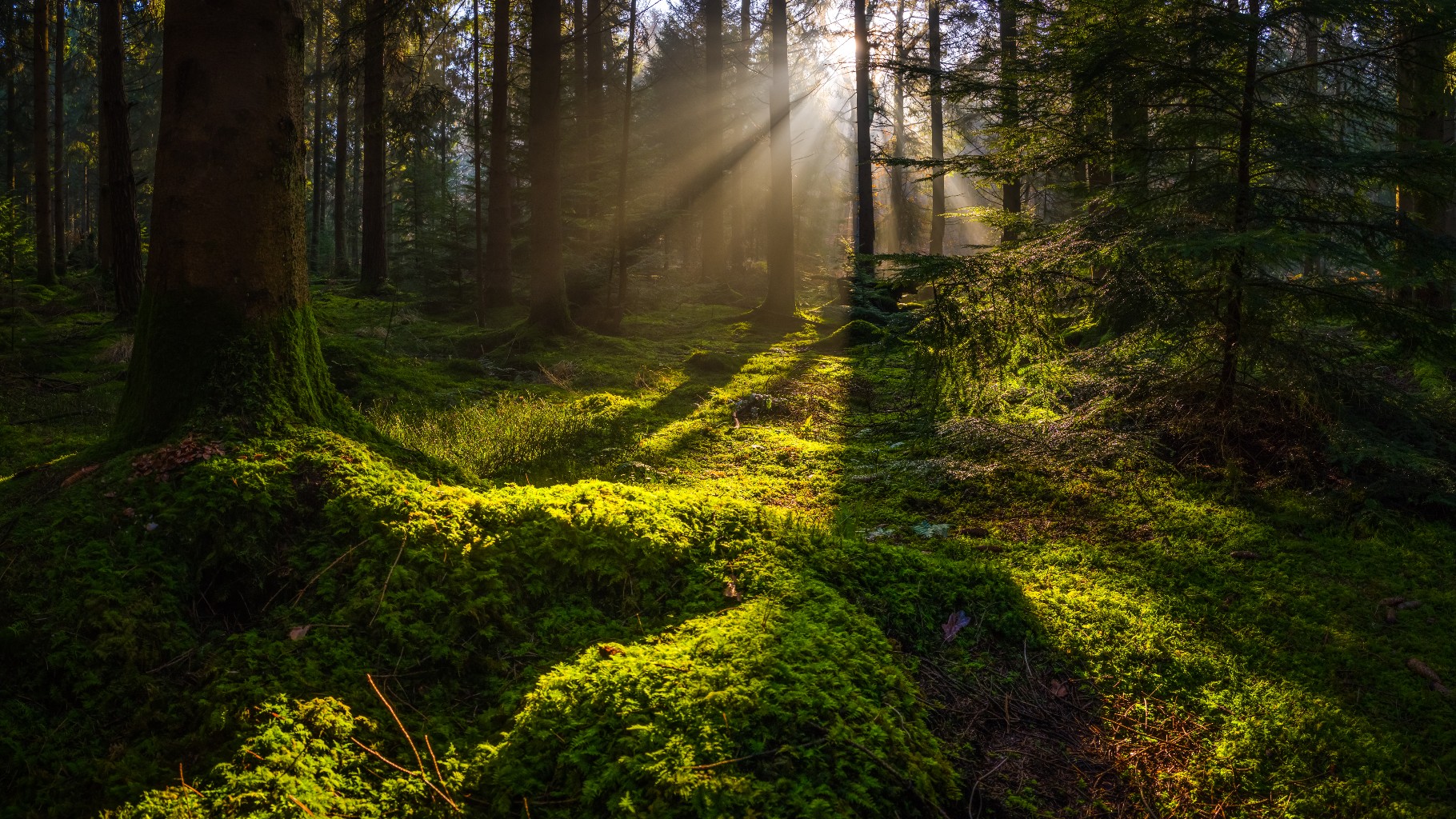Buildings, Vol. 14, Pages 851: Comparing Differences in Jogging Support across Various Land Use Types in Urban Built-Up Areas Using User-Recommended Routes
Buildings doi: 10.3390/buildings14030851
Authors: Li Tan Jiayi Jiang Meng Guo Yujia Zhong
Land use types other than specialized athletic fields provide a variety of jogging environments, addressing the shortage of urban fitness facilities and promoting urban health as well as sustainability. Currently, there is limited research comparing the differences in jogging support among various land use types, which can assist decision-makers in setting priorities and targeted strategies for urban renewal, especially in urban built-up areas with limited land resources. Initially, spatial information, statistical data, and recommendation reason text were extracted from recommended routes in mobile fitness apps and categorized into six land use types. Subsequently, spatial potential was measured through descriptive statistics, buffer area analysis, spatial autocorrelation analysis, and line density analysis. Environmental preferences were gauged by text analysis using jieba word segmentation and grouped word frequency calculation. Finally, the measurement results of different land uses were compared, including scale differences, spatial differentiation, environmental perception, and environmental elements. The research found that streets, residential areas, campuses, parks, and greenways possess significant potential to support jogging, particularly streets. These types of land use exhibit varying spatial potentials and attractions in environmental preferences. Targeted recommendations have been proposed to support the renewal of urban built-up areas and research in related fields.

 1 month ago
21
1 month ago
21


